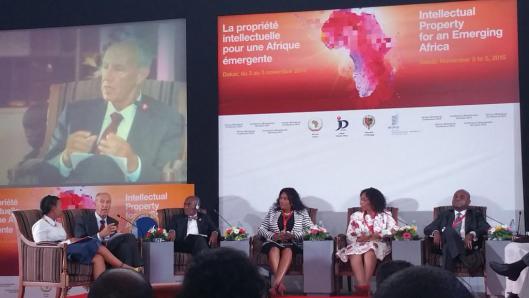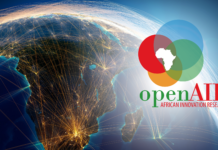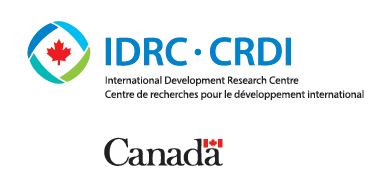By Samuel Ugwumba
In the recently concluded ‘African Ministerial Conference: Intellectual Property for an Emerging Africa’ organized in part by WIPO (here), one cannot help but think that all roads leading to creativity and innovation are paved with intellectual property (IP) laws and institutions. Put differently, the level of creativity and innovation in a society is dependent solely on how we tinker with and enforce IP laws. This ‘IP parochialism’, as I call it, is manifest in the conference program. Of course, the response would be that the conference was solely about IP and as such there was no need to look beyond IP. This is an erroneous view.
The leitmotif uniting the thematic linkages of the conference is: creativity and innovation for economic, social, and cultural development. But creativity and innovation is about governance. And governance is neither market-centric nor government-centered. In fact, governance requires and involves the multiplicity of institutional mechanisms (market or government etc.) and norms (equity or efficiency etc.) in addressing issues common to stakeholders. IP is only one institution, a market-centric model, for governing creativity and innovation and should be understood as such. In my view, the conference organizers should have included at least a section dealing with the roles of other institutions in facilitating creativity and innovation.
Nevertheless, I think my previous post highlights the implications of relying solely on IP to foster creativity and innovation. It was argued there that copyright operates on price. By price, I mean the criterion of willingness and ability to pay money that characterizes market governance. Apart from the potential for abuse by participants, there are other implications. The obvious one is that those who are not able (but willing) to pay the market price will not access the goods. Another consequence, which is relevant to this post, is that markets obey the laws of supply and demand. In practice, this means that the production of certain genres of cultural works will be marginalized by the market because there will be little or no demand for them. This is even more exacerbated by globalization. For example, very few would deny that the penetration of Western music in African societies has marginalized certain traditional genres. This is the case with Igbo high life music, a genre popular in the southeastern part of Nigeria. The point I make is that African policy makers need to be aware of the limitations of IP for governing creativity and innovation. Put simply, copyright operates under a market paradigm and the logic of market governance is wealth-maximization. The operation of this logic could hinder the production and dissemination of counter-cultural works that challenge dominant narratives because corporate actors or entities fear that they cannot monetize such works. Of course government subsidization or funding is susceptible to such arguments because it might favor the production of certain cultural works. The point therefore is not to insist on the preference of one institution for governing creativity but rather to emphasize that all institutional frameworks have costs and benefits. And the right policy is one that understands that no one institution is dominant; they complement each other.
In fact, there is nothing in the economic theory of copyright or IP to suggest that it is the only institution for governing creativity. From a law and economics perspective, copyright law is a sort of government intervention to cure a market failure (public goods; externalities). This market failure is cured by approximating closely and cheaply the outcomes the market would have reached but for the market failure (i.e. we simulate the outcome of the market). This requires cost-benefit analysis in two steps. First, we ask whether the benefits of intervening to cure the market failure exceed the costs. Secondly, subject to the first question being answered affirmatively, we inquire about the costs of using different mechanisms or institutions to simulate the market. The point here is that copyright law has costs and so do other institutions. From a utilitarian standpoint, the right institution is that which maximizes utility. And it has not been proven empirically (or even theoretically) that the costs of copyright law are lesser than that of other institutions.
In summary, African policy makers need to understand that creativity and innovation is beyond (but includes) IP; it is about governance. If we want more creativity and innovation, we must rise above IP parochialism and consider seriously how other institutions interact with IP and affect creativity.
Samuel Ugwumba is a Ph.D candidate and University College Cork Law and Business scholar researching on copyright and music.
This article was originally posted on the CIPIT blog. Strathmore University’s Centre for Intellectual Property and Information Technology Law (CIPIT) is a partner hub of Open AIR. Please click here for the original article.










